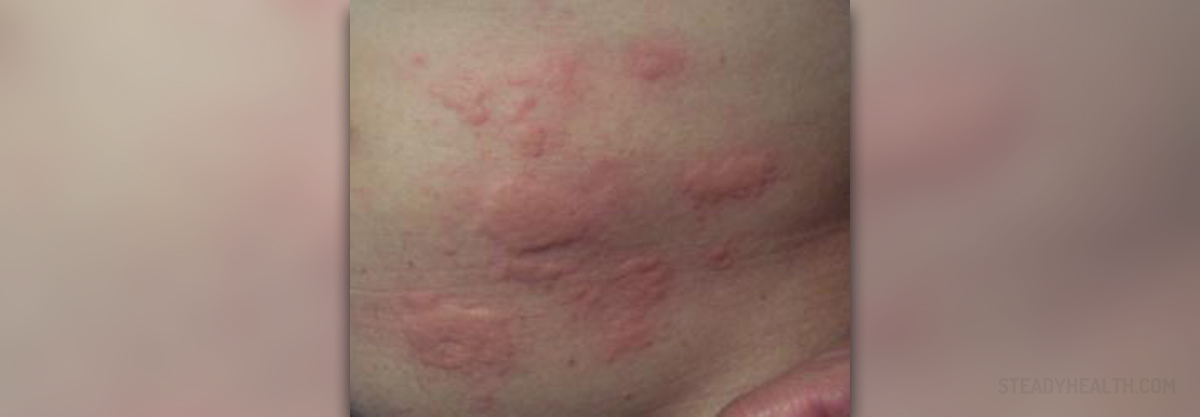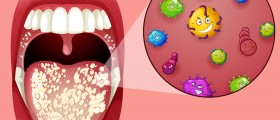
Skin rash: A common problem
How many times has your skin broken out in a nasty rash? The number of people who have never experienced a skin rash is rather low. Even though you'll probably have dealt with skin rashes many times before, whoever has a skin rash wants to know why, so they can figure out how to make it go away.
Almost all skin diseases are manifested through some kind of rash and therefore, there are numerous types of skin rashes. However, each skin disorder has its own specific rash according to which the disorder is diagnosed.
What kinds of skin rashes indicate a possible yeast infection?
Yeast infection of the skin
You might have heard of oral or vaginal thrush, but yeast infections of the skin also exist, and they can produce skin rashes. Yeast is a type of fungus that causes an infection when there is an overgrowth. In the majority of cases, Candida albicans is the type of yeast responsible for the development of a yeast infection. This kind of infection is medically called candidiasis.
Symptoms of a yeast infection of the skin, or fungal rash symptoms, include the following.
- A red skin rash that covers a larger and larger area when left untreated.
- Itching, sometimes severe, is also very common with yeast infections of the skin.
- The rash covers areas of the body in which you have skin folds — a diaper rash in babies is, for instance, often a yeast infection. These areas are dark and moist, and yeast can easily proliferate there.
- Folliculitis, in which hair follicles in the area become infected and start looking a lot like acne, is also possible.
Who gets yeast infections of the skin, and why?
Yeast infections of the skin can affect men as well as women, and also people of any age group, from infants to elderly people. Skin yeast infections can appear on any part of the body that is damp and warm, but they also can expand throughout the body when they reach the bloodstream, which is a dangerous complication.
An infection caused by Candida is named candidiasis. The most common trigger for candidiasis is a lack of good bacteria in the intestines, which frequently happens when someone consumes high doses of antibiotics for a prolonged time due to the treatment of more persistent bacterial infections.
Furthermore, a weak immune system is also a potential risk factor for candidiasis, since the yeast species Candida cannot be kept within normal levels if your immune system cannot fight it well. Constant stress, contraceptive pills (due to the hormones), and sugary foods are also some of the factors that contribute to the development of a yeast infection.
When yeast infections affect the skin, they do it wherever there are folds, which is why a skin yeast infection can appear in the armpits, in the groin region, and under a woman's breasts. Furthermore, infections between the toes and under the skin folds of the stomach in obese people are also quite common.
How can you treat a yeast infection of the skin?
There are certain antifungal lotions and creams that can be bought almost in every store without a doctor's prescription, and that will quickly treat the symptoms of yeast infection. Clotrimazole and miconazole creams, available under different brand names, are two common examples.
Many people will also recommend a more "holistic: approach in treating this skin disorder, which addresses the causative factor and not the symptoms. In other words, you can make some lifestyle changes to reduce your risk of another skin yeast infection once your current one clears up. Steps you can take to prevent yeast infections of the skin include losing weight if you are obese, maintaining good general hygiene, taking probiotics such as kefir or storebought lactobacillus, keeping your blood sugar levels in check if you are diabetic, and keeping your skin dry.
- medlineplus.gov/ency/article/000880.htm
- www.cdc.gov/fungal/index.html
- Photo courtesy of Enochlau by Wikimedia Commons: commons.wikimedia.org/wiki/File:Rash.jpg

















Your thoughts on this
Loading...